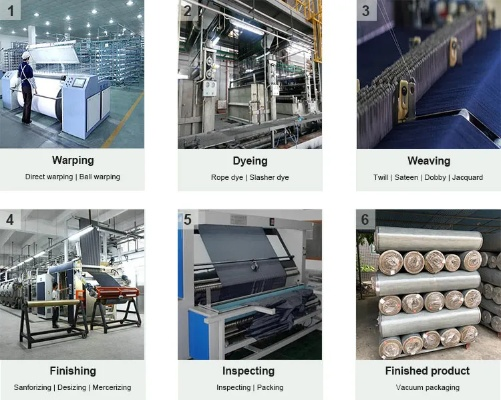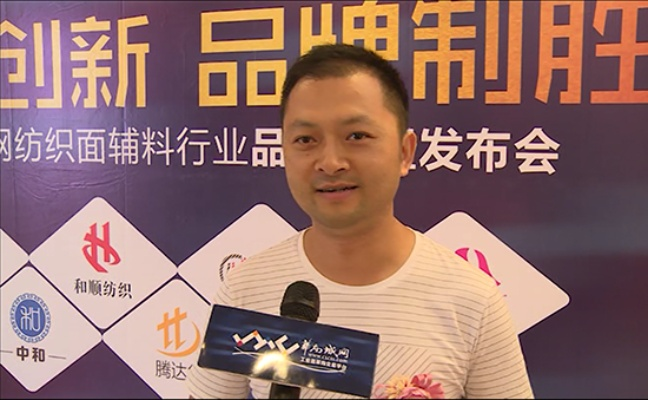A Wasteful Shift towards Sustainable Fashion
"A Wasteful Shift towards Sustainable Fashion",The fashion industry has been criticized for its wastefulness, with a growing concern over the environmental impact of fast fashion. This shift towards sustainable fashion is driven by a desire to reduce carbon emissions and minimize waste. However, this transition is not without challenges. Many consumers are hesitant to switch to sustainable clothing due to concerns about affordability or the perceived lack of style. Additionally, the production and supply chain chains of many sustainable fashion brands can still be unsustainable in terms of their environmental footprint. Despite these obstacles, there is a growing movement towards more responsible and sustainable practices within the fashion industry. This includes the use of eco-friendly materials, circular economy models, and ethical sourcing. As consumers become increasingly aware of the impact of their choices on the environment, it is likely that the fashion industry will continue to evolve towards more sustainable practices.

Introduction:
In the modern world, waste management has become a pressing issue. The fashion industry, with its relentless cycle of production and consumption, is no exception. However, there's a growing movement towards reducing textile waste by promoting sustainable practices in the fashion industry. This talk will explore how we can turn our attention to the repurposed and reclaimed textiles that often end up in landfills or incinerators, instead of just discarding them.
Sustainable Practices in Fashion
-
Recycled Textiles: Many brands are now using recycled materials in their collections. For example, Patagonia uses recycled polyester from ocean plastic waste. These textiles not only reduce waste but also provide a new life to old garments.
-
Upcycling Old Clothes: Old clothes can be upcycled into new pieces. Brands like Reformation use vintage clothing as inspiration for their designs. This not only reduces textile waste but also provides a unique and personalized style to consumers.
-
Eco-friendly Production Methods: Many brands are adopting eco-friendly production methods to reduce their environmental impact. For example, H&M has committed to using 100% renewable energy by 2025.
-
Digital Printing: Digital printing allows for the creation of high-quality prints on low-impact materials like organic cotton. This not only reduces waste but also provides a more sustainable option for consumers.
Case Study: Patagonia's Recycling Initiative
Patagonia has been at the forefront of sustainable fashion for years. One of their most significant initiatives is their "Renew" program, which aims to reduce the environmental impact of their products. By using recycled polyester, Patagonia is not only reducing textile waste but also providing a new life to old garments.
Patagonia's commitment to sustainability extends beyond just their product line. They have also made significant strides in their supply chain by sourcing materials from responsible sources and implementing fair trade practices.
Conclusion:
The fashion industry has a responsibility to reduce its environmental footprint. By embracing sustainable practices and adopting eco-friendly production methods, we can create a more circular economy where textile waste is minimized and resources are used efficiently. As consumers, it's important to support brands that prioritize sustainability and invest in the future of our planet.
Table: Examples of Sustainable Textiles
| Brand | Material | Method of Production |
|---|---|---|
| Patagonia | Recycled Polyester | Digital Printing |
| Reformation | Vintage Clothes | Upcycling |
| H&M | Organic Cotton | Eco-friendly Production Methods |
Note: This table is an example and may not represent all sustainable textiles available in the market. Always check the brand's sustainability credentials before making a purchase.
开场
亲爱的朋友们,大家好!今天我们将一起参加一场特别的展销会——废弃纺织品展销会,我们将看到各种废弃纺织品经过重新利用和创新设计后的全新面貌,让我们一起走进这个充满创意和环保意识的盛会吧!

展品介绍
展示种类
本次展销会上,我们看到了各种废弃纺织品,包括但不限于:旧衣物、布料、毛线、废旧家具等,这些纺织品经过清洗、修复、再利用等处理方式,焕发出了新的生机。
案例分析
让我们以一个具体的案例来说明废弃纺织品的再生利用过程,假设有一家废弃纺织品回收中心,他们回收了大量的旧衣物和布料,经过清洗、剪裁、染色等工序,制作成了时尚围裙、家居装饰品等,这不仅节约了资源,还为环保事业做出了贡献。
展销会亮点
创新设计
在这次展销会上,我们看到了一些非常创新的纺织品设计,一些废旧家具经过修复和改造,变成了独特的家居摆设,既美观又实用,这样的设计不仅体现了环保理念,也满足了现代人对美好生活的追求。
环保理念
本次展销会还强调了环保理念,许多商家和消费者都认识到废弃纺织品回收和再利用的重要性,纷纷参与到这个活动中来,这不仅有利于减少资源浪费,也有利于推动可持续发展。
展销会活动介绍
本次展销会设有多个活动环节,让我们一起来了解一下吧!
- 现场展示:展示各种废弃纺织品及其创新设计产品。
- 互动体验:让消费者亲身体验废弃纺织品再利用的过程,了解其环保价值。
- 讲座与交流:邀请专家学者就废弃纺织品回收与再利用进行讲座交流,分享行业经验和知识。
- 合作洽谈:商家与消费者可以就废弃纺织品回收和再利用进行合作洽谈,共同推动行业发展。
案例说明(英文表格)
以下是关于废弃纺织品再利用的英文案例说明表格:
| 案例名称 | 处理方式 | 产品描述 | 环保价值 | 相关数据 | |
|---|---|---|---|---|---|
| 旧衣物改造围裙 | 清洗、剪裁、染色 | 旧衣物经过清洗和改造,制作成时尚围裙 | 节约资源、美化环境 | 展示区展示围裙样品 | 该案例展示了废弃纺织品经过创新设计和环保处理后的全新面貌 |
| 废旧家具再利用家居装饰品 | 修复、改造 | 废旧家具经过修复和改造,变成独特的家居摆设 | 节约资源、美化环境、实用性强 | 展区展示家具样品及家居装饰品样品 | 该案例展示了废旧物品的再利用过程及其环保价值 |
| 废旧布料再生地毯 | 清洗、剪裁、染色 | 废旧布料经过清洗和染色处理,制作成再生地毯 | 节约资源、环保材料 | 展区展示地毯样品 | 该案例展示了废旧纺织品的再生利用过程及其环保价值,强调了废旧纺织品的再利用潜力 |
总结与展望
本次废弃纺织品展销会不仅展示了各种废弃纺织品的创新设计和环保价值,还强调了废弃纺织品回收和再利用的重要性,我们相信,在大家的共同努力下,废弃纺织品将会焕发出新的生机,为环保事业做出更大的贡献,我们也期待更多的商家和消费者参与到这个活动中来,共同推动行业发展。
Articles related to the knowledge points of this article:
The Density of Textiles:A Technical Exploration
Textile Quality Inspection Checklist Template
Industrial Textiles Listed Companies:An Overview



